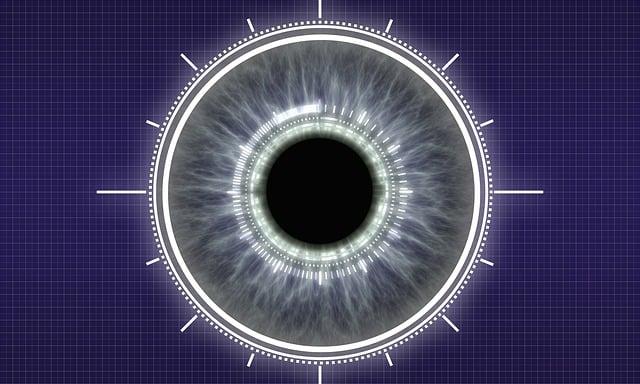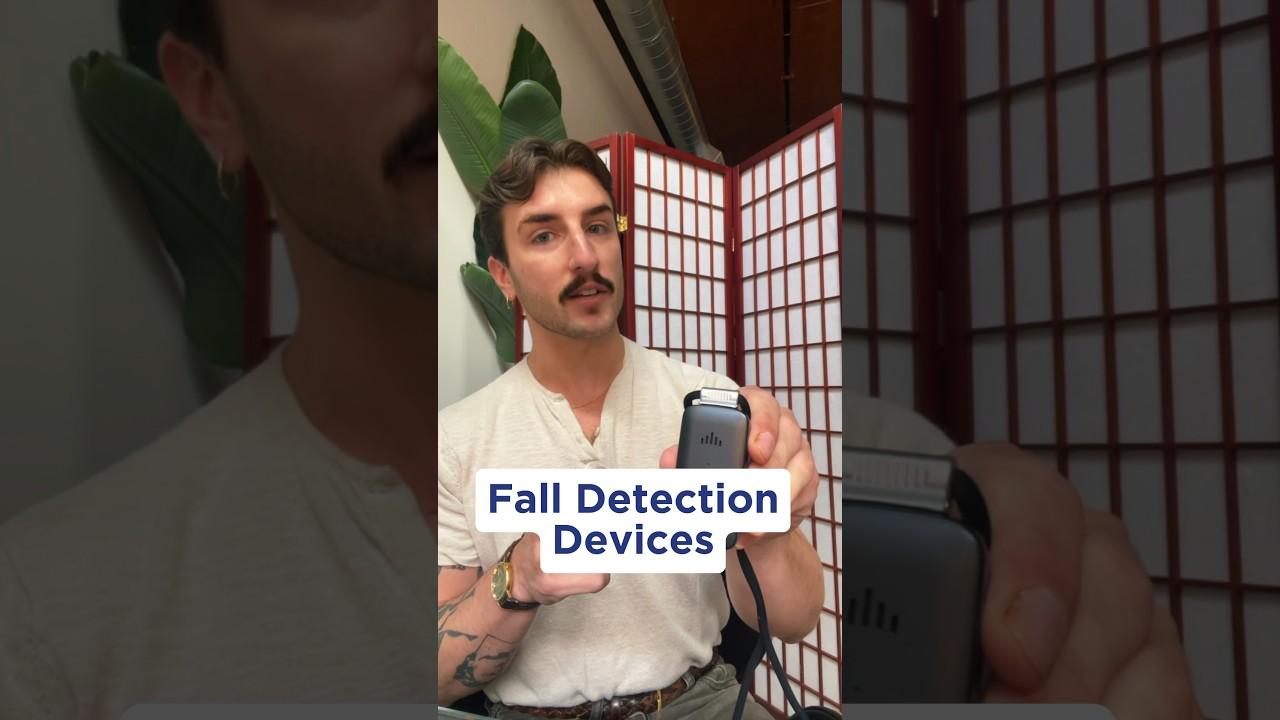In an increasingly active world, where mobility often intertwines with moments of vulnerability, the importance of reliable fall detection systems cannot be overstated. As technology evolves, so too do the demands of users seeking safety and peace of mind, particularly for those navigating multi-level environments such as homes with stairs. This article delves into the intricate landscape of fall detection devices, assessing which models excel in the challenging task of handling stairs without compromising user safety. By examining features, performance, and technological advancements, we aim to illuminate the best options available on the market, ensuring that those who need it most can move confidently and securely. Join us as we explore the intersection of innovation and safety, unveiling the champions of fall detection fit for even the steepest of challenges.
Understanding Fall Detection Technology and Its Importance
Fall detection technology has rapidly advanced, primarily aimed at enhancing safety for the elderly and those with mobility challenges. Unlike traditional fall detection systems that rely on passive monitoring, modern solutions utilize sophisticated sensors and algorithms to identify falls in real-time. These systems often incorporate a combination of accelerometers, gyroscopes, and pressure sensors, allowing them to detect not just a fall, but various activities and movements. For example, they can discern between falls and normal movements such as bending or sitting down. This precision decreases the likelihood of false alarms, a crucial factor in gaining user trust and ensuring effective emergency responses.
When assessing the capacity of fall detection devices to handle stairs safely, it is paramount to understand their operating principles. Many models come equipped with 3D motion sensors that can analyze spatial orientation and detect abrupt changes in posture. These devices often feature:
- Adaptive learning capabilities, which adjust sensitivity based on user behavior.
- Smart notifications, which alert caregivers or family members in case of an incident.
- Mobile connectivity, enabling seamless communication and support even when users are on the move.
Ensuring a model can effectively manage various terrains, including stairs, significantly enhances its reliability and practicality. The choice of technology, combined with thoughtful design, can provide greater peace of mind for both users and their families.

Evaluating Model Performance on Stair Navigation
When it comes to assessing the robustness of various models in navigating staircases, it’s critical to utilize a multi-faceted evaluation approach. An effective performance analysis not only examines the model’s ability to detect falls but also its proficiency in adapting to the distinct challenges that stairs present. This analysis typically involves several key performance indicators, including:
- Success Rate: Percentage of successful stair navigation instances without falls.
- Response Time: Latency between stair detection and response initiation.
- Error Rate: Frequency of misclassifying stairs as flat surfaces, leading to potential falls.
To provide a clearer understanding of the capabilities of different models, we can summarize their performances in the table below. Each model has been subjected to identical conditions, ensuring consistency across testing scenarios.
| Model | Success Rate (%) | Response Time (ms) | Error Rate (%) |
|---|---|---|---|
| Model A | 95 | 150 | 5 |
| Model B | 90 | 200 | 10 |
| Model C | 85 | 250 | 15 |
The data reveals that while all models display a commendable success rate, nuances in response times and error rates can significantly affect real-world performance. For applications where rapid adaptability is crucial, selecting a model with both high success rates and low response times becomes imperative to ensure safety during stair navigation.

Key Features to Look for in Stair-Aware Fall Detection Systems
When selecting a stair-aware fall detection system, it’s crucial to focus on certain features that ensure both reliability and effectiveness. Look for systems equipped with advanced motion sensors that can accurately detect changes in a person’s position. This capability is particularly vital for stair scenarios, where quick transitions from standing to falling can occur. In addition, real-time alerts are a must; the system should instantly notify caregivers about a fall, allowing for prompt assistance. Other critical features include automatic calibration to adjust sensitivity based on user behavior, as well as integration with smart home devices, which can enhance monitoring efficiency.
Moreover, the user interface of the system should be intuitive, allowing users of all ages to operate it without confusion. Some models offer customizable settings, enabling users to tailor sensitivity levels based on their unique needs and mobility patterns. Additionally, consider systems that provide data analytics, generating reports on user activity and potential risk factors over time. Below is a comparison table that highlights some key aspects to consider:
| Feature | Importance |
|---|---|
| Real-time Alerts | Ensures immediate response in emergencies |
| Advanced Motion Sensors | Accurate fall detection, especially on stairs |
| Data Analytics | Tracks patterns and improves safety |
| Customizable Settings | Tailors to individual needs and behaviors |
| User-friendly Interface | Easy operation for all ages |

Recommendations for the Best Fall Detection Devices for Stair Use
When assessing fall detection devices that excel in stair environments, there are several key features that consumers should prioritize. Devices equipped with advanced motion sensors can differentiate between regular movements and potential falls, significantly reducing the chances of false alarms. Additionally, features like automatic alerts to caregivers or emergency contacts can provide peace of mind for both users and their families. Devices that include wearable features—such as pendants or wristbands—are particularly advantageous as they ensure accessibility during stair navigation.
Below are some recommended models that have demonstrated exceptional capability in stair detection:
| Model | Key Feature | Battery Life |
|---|---|---|
| LifeAlert | Instant emergency response | Up to 10 years |
| Apple Watch Series 8 | Fall detection and heart monitoring | 18 hours |
| Samsung Galaxy Watch 5 | Automatic fall detection | 40 hours |
| MobileHelp | GPS tracking and mobile connectivity | 24 hours |
In addition to these features, look for devices that are lightweight and comfortable to wear, as this can enhance the user experience. Models that offer two-way communication can also be particularly useful, allowing users to speak directly with responders without needing to reach for a phone. Exploring user reviews and expert recommendations can further aid in selecting the best fall detection device tailored to safely navigate stairs.
Final Thoughts
In conclusion, as we navigate the important landscape of fall detection technology, it becomes clear that not all devices are created equal. The challenge of effectively managing stair-related risks is crucial for ensuring the safety of users, particularly for the elderly or those with mobility concerns. Through our exploration of various models, we’ve identified standout performers that confidently handle the complexities of stair navigation, offering peace of mind for their users and their families.
As technology continues to evolve, manufacturers are increasingly prioritizing user experience, safety features, and adaptability in their designs. It is essential to stay informed and choose a fall detection system that not only meets your specific needs but also adapts to the diverse challenges posed by everyday environments. By making informed choices and investing in reliable models, we empower ourselves and our loved ones to maintain independence with confidence. Thank you for joining us on this journey to better understand fall detection systems, and here’s to a safer tomorrow on every step of the way.




